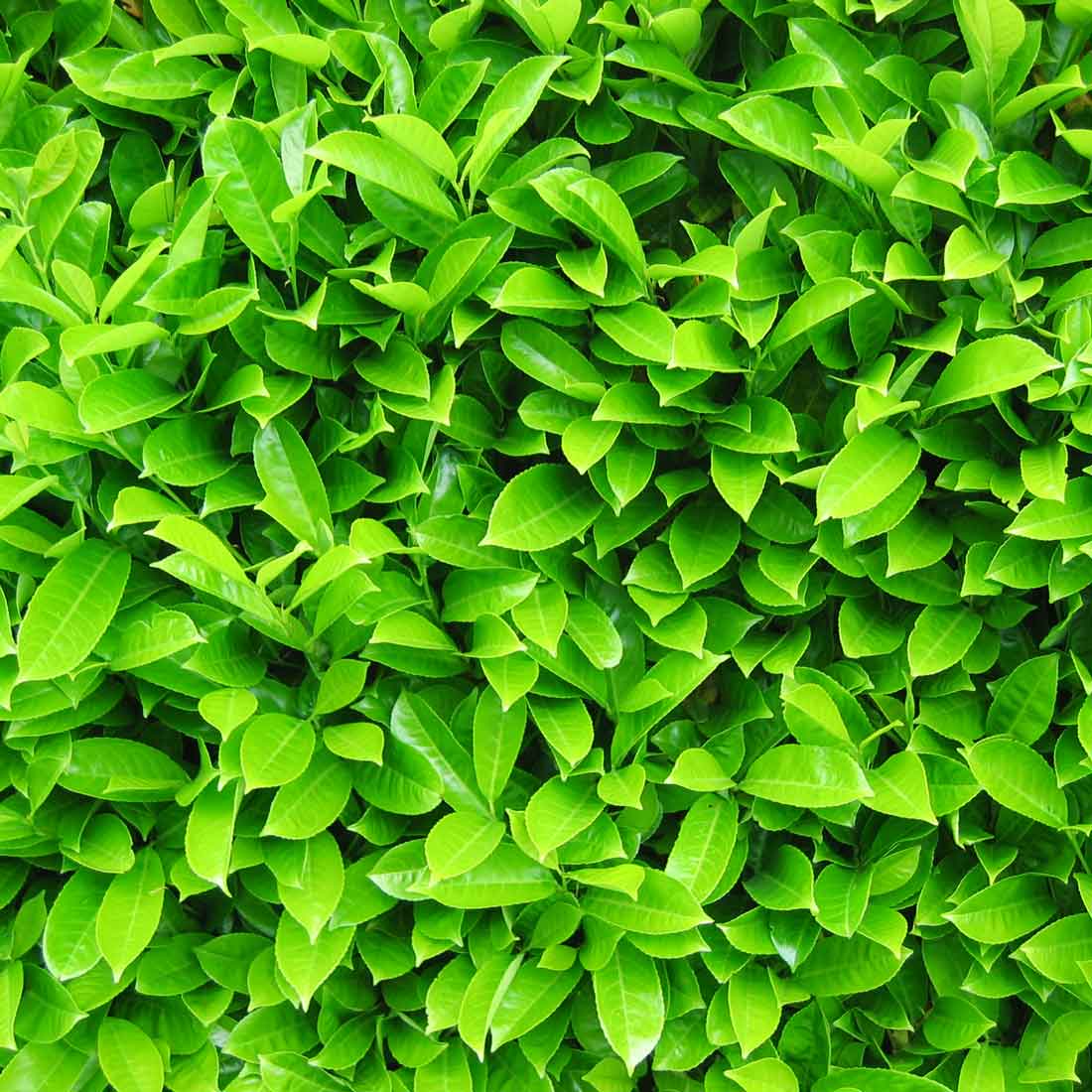Laurel Hedging Plants 180-200cm (5’9″-6’5″)
180 cm – 200 cm
Availability: Out of stock
Original price was: £95.00.£85.00Current price is: £85.00. Ex. VAT: £70.83
Get notified when it's back in stock
Product Description
Find the right hedge for you
These Laurel hedging plants are 180-200cm / approximately 6 foot tall.
We do not include the pot’s height in the measurement. So when you plant our hedging, it will be the height specified.
They are supplied in a 25 litre pot which measures approximately 37 x 28cm.
To plant, you will need to dig a hole at least 60 x 60cm, break up the ground well and we recommend adding Greenshutters 12 month-controlled release feed. For more detailed information please see our How to Plant guide or give us a call to discuss, we are all able to help you.
Planting distances: Use our Hedge Spacing Calculator to decide how many plants you need. We recommend planting the 180-200cm Laurel plants between 60-100cm apart. (2-3 feet). The closer you plant, the quicker the hedge will establish into a thick, dense screen.
Delivery is from our nursery in Somerset. We can ship nationwide via pallet courier, or you can collect from us – we are open 7 days a week.
You can choose the day we deliver to you when you get to the checkout section of the website.
Laurels top points!
Laurel is fast-growing with large bright green, glossy leaves that create a dense screen very quickly.
It is a very robust evergreen hedge that creates a great sound barrier, and a solid wall of hedge around a garden.
Laurel is evergreen – this means that it has leaves for all 12 months of the year and provides screening and privacy all year round.
Laurel is probably the best evergreen hedge that will thrive in shady conditions. It will also grow in full sun or partial shade.
Laurel can be cut right back if it gets too big and it will always re-shoot.
It is easy to cut with a handheld hedge trimmer or shears, and there are no spikes to worry about.
Laurel will tolerate most soils – it will grow in clay, sandy, peaty or loam soils as long as they are not water-logged for long periods (especially in the winter) and as long as they are not on top of shallow chalk.





